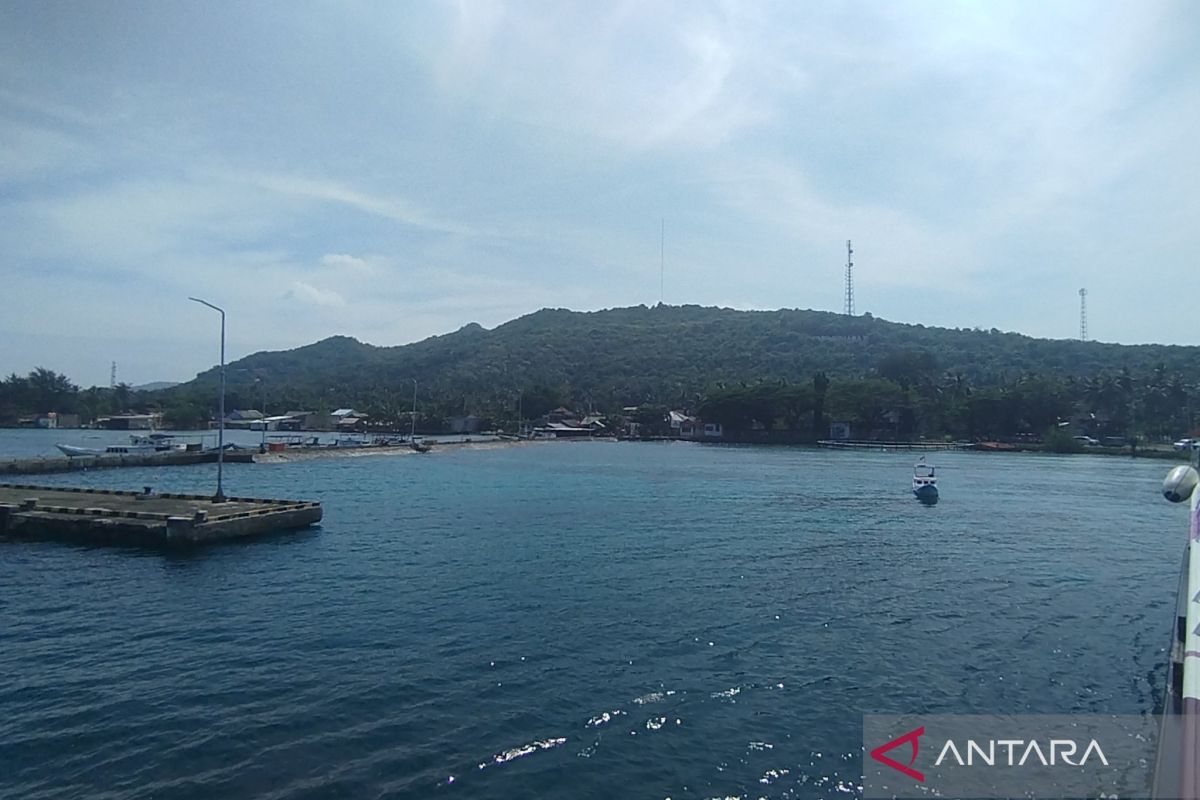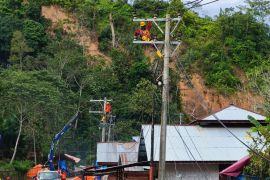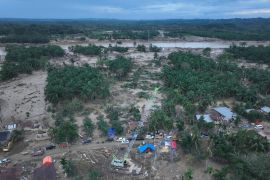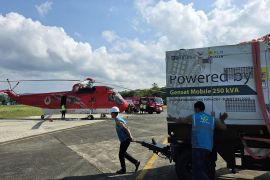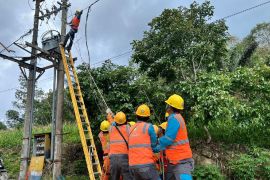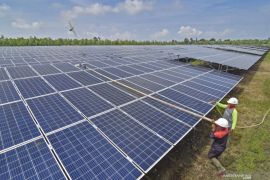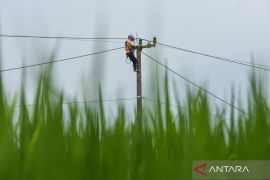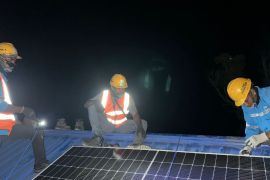"This is an effort to support clean energy transition and improve the reliability of electricity supply in the archipelago," Manager of PLN's Kudus Customer Service Unit in Kudus, Firman Sadikin, stated on Monday.
He explained that electricity in Karimunjawa is currently still supplied by a diesel power plant (PLTD) with a capacity of 2 x 2.5 megawatts (MW). For this reason, PLN plans to develop new and renewable energy sources, including through the construction of a PLTS.
He remarked that the surplus electricity generated by PLTS will be stored in batteries, allowing it to still be used when sunlight is unavailable.
Several areas in the Karimunjawa Islands have already adopted solar power plant generation, including Parang Island with a capacity of 60-75 kilowatt peak (kWp), Genting Island with 36 kWp, and Nyamuk Island with 86 kWp.
"All of these developments are part of PLN's long-term plan to support the use of clean energy in remote areas and islands," he remarked.
Sadikin stated that PLN's headquarters is currently assessing the energy demand and capacity required for the planned solar power plant facility in Karimunjawa.
"We are still awaiting the results of the study. Once the power requirements are determined, construction of the solar power plant and battery system can begin," he stated.
PLN expressed hope that the initiative will improve electricity reliability in Karimunjawa and reduce dependence on fossil fuels, aligning with the government's broader commitment to advancing new and renewable energy across Indonesia.
Related news: Building the largest floating solar power plant in Sumatra
Related news: Indonesia's largest solar panel factory opened in Central Java
Related news: Govt powering remote areas with integrated solar power plants
Translator: Akhmad Nazaruddin, Martha Herlinawati Simanjuntak
Editor: Azis Kurmala
Copyright © ANTARA 2025
